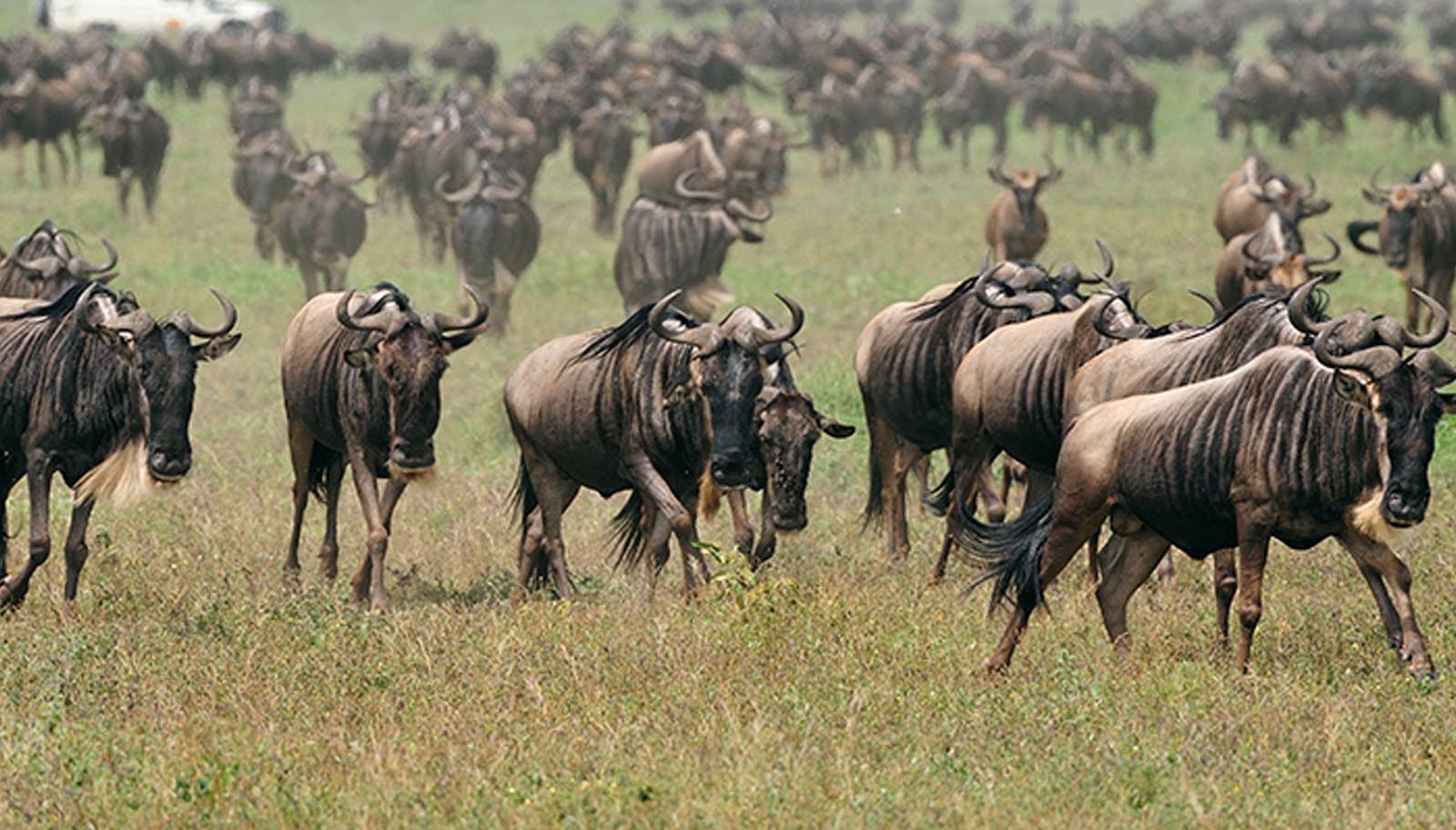Gombe National Park
Home to the Chimpanzee
Tanzania Destinations - Gombe National Park
The Gombe National Park is one of them. Tanzania has some truly untamed areas. Gombe’s natural significance was recognized in 1943 as a game reservation. Gombe grew prominent following Dr Jane Goodall’s pioneering investigation in 1960, claimed to be the world’s longest lasting primate study. The preservation status was improved in 1968 to that of the National Park, and in 1978, after chimpanzees accustomed to people were introduced to tourism. It lies on the beaches of Tanganyika, the second most profound lake in the world, 16 km north of Kigoma city. It has an area of 56 kms2.
Attractions of the park
A year-round excursion to the Gombe wilderness will allow you to take a journey through part of the historic curiosity that led to Livingstone and Stanley looking for the source of the River Nile in the 19th century. The wet season is great for champagne sports, where green foliage flourishes and gives a wonderful picture of the countryside and the cascades (November to Mid-May) (May to October).
Wildlife Animal
Gombe’s wildlife is rich and diversified.
The preferences of habitats and seasonal food cycles often govern where a specific species can be at a given time (especially chimpanzees). While Gombe chimpanzees are a favorite of nature viewers, there are numerous remarkable animals.
Amphibians and Reptiles
Herpetologists and other scientists love Gombe, as it holds a dozen species of reptiles and amphibians. The region is indigenous to some of them.
Cascades of Kakombe and Mkenke.
Alongside the unbelievable fauna, visit the Kakombe trail and the Mkenkenke Valley and see the spectacular natural cascades of Kakombe and Mkenke.
Tanganyika Lake is a large African lake and a feature of the Gombe National Park.
This is Africa’s longest and deepest lake and the world’s second deepest.
Birds’ Way of Life
There are several birds in Gombe as well. More than 200 bird species fly around, ranging from the legendary fish eagle to three types of royal fish and the vibrant Peters twinspots. The palm buff, a near-vegetarian found on Lake Tanganyika, prefers fruits over carcasses, and is another remarkable feature. They often stay in their forests, as food is abundant all year round and sometimes open spaces.
Tour ideas to get you dreaming
Our favourite tours showcasing the best of Tanzania Wildlife Safaris
Let's plan your trip
Enquire now and a Travel expert will get back to you within 24 hours.








